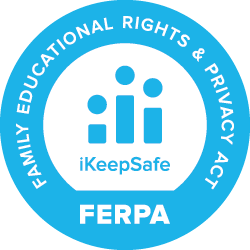DEV VERS - Can It!
Where does a soda can come from and how does it get from ground to table? You'll explore the engineering and design behind this common item and consider its value.
Resource Title:
Can It!
Description:
Where does a soda can come from, and how does it get from the ground to the table? You'll explore the engineering and design behind this common item and consider its value.
Target Grade Level:
Grades 5-8
Discipline or Course (Audience):
Science
Time Frame:
Two 90-minute class periods without extensions
Suggested Grouping:
3-4 students
Educator Prep:
Preparation Directions:
- Gather materials.
- Make copies of Supporting Material - Student Activity Pages: Can It!
- Collect aluminum cans of various sizes, including small juice and soda cans. At least two sizes per group and at least one steel (soup or vegetable) can per group.
- Confirm students will have access to computers and the internet.
- Lay an assortment of magnets, scales or balances, magnifying glasses, and rulers on each table (and any other tool you think lends itself to making observations about the different cans).
Teacher Directions
Provide each group of students with several clean cans (ferrous and non-ferrous) and ask them if they notice any differences between them. Set out some basic science tools, such as magnifying glasses, scales, rulers, and magnets.
Challenge students to come up with the differences they notice and wonder about.
Share Ideas & Observations:
Have students share ideas and observations. Students may discover that some of the cans are magnetic and others are not. Some are also heavier and have a thicker gauge (width) than others.
Sort:
Have students sort out the cans according to whether they are magnetic or not. Explain that some are made from iron & steel (called ferrous metals) and some from aluminum (called non-ferrous metals). Do not reveal which is which just yet – have students think about this as they move on to the main activity.
Ask if there is a trend they notice in the types of products found in which types of cans.
Tell students that in this activity they will conduct a Web Quest to discover more about how cans are made, and in particular, those that are made from aluminum.
Hand out activity pages.
Ask students to share ideas about where aluminum comes from – where it is mined and refined.
|
HINT: Many of the steps in the web quest involve estimation and interpretation. Some answers will vary due to market or location. Students should develop a good understanding of the variables even if they cannot come up with a final answer that is truly accurate. |
Support students as they investigate using internet sources and other resources to answer the questions in the student activity pages.
Encourage students to reflect and apply their learning digitally or in their science notebooks or journals. Extend the thinking opportunities through the two extension options.,
Supporting Resources for Implementation:
- Teacher's Guide - Educator Background and Answer Doc: Can It!
- Supporting Material - Student Activity Pages: Can It!
Remote Learning Adaptations:
This resource is appropriate for remote learning; no adaptations or modifications are necessary.
STUDENT CONTENT BELOW
Non-ferrous metals like aluminum, copper, lead, nickel, tin, and zinc are especially valuable to recycle. They are among the few materials that do not degrade during the recycling process. Aluminum cans are used all over the country. In the United States, approximately $28 billion worth of non‑ferrous metals are recycled annually.ReMA estimates that recycling aluminum saves up to 95% of the energy required to produce it from raw materials. If all the aluminum scrap that we recycle were made into cans, they would stretch from Earth to Venus! Recycling saves enormous amounts of energy— the equivalent of 25 million barrels of gasoline a year. In this activity, you will explore the multiple steps involved in producing a can from raw ore.
Materials:
- Device with internet access
- Supporting Material - Student Activity Pages: Can It!
- Calculator
Safety Notes:
- When using technology, engage in safe, legal, and ethical behavior; this applies to devices (hardware), application or programs (software), and interactions with others.
- There are no anticipated physical safety risks associated with this Activity.
Investigate Aluminum
Use Supporting Material - Student Activity Pages: Can It! to guide your research. Follow your teacher's directions as you explore the materials they have shared with you.
- Using the internet and other resources to find out where aluminum comes from. What is the name of the ore?
- Where is this ore mined? Find at least four areas of the world and label these areas on the world map.
- Estimate the distance that the ore must be transported to reach your home state from each of the locations you have identified.
- Find out if aluminum is magnetic or not!
- Can you determine which of the cans you observed at the beginning of the lab was made from aluminum? What kinds of products are often stored in aluminum, and why?
Web Quest: Create a Flowchart for the Creation of a Soda Can!
Continue to use Supporting Material - Student Activity Pages: Can It! to guide your research.
Did you Know?
There are five major steps in the process of making a soda can. From mining to transportation, describe each step listed in the flowchart on the student data sheet, defining the process. Include information about any impacts to the environment or other interesting pieces of information you feel are worth noting.
Let's Estimate
It would be impossible to calculate all the costs (in money, energy, and to the environment) to make a can. But we can estimate. As you research the steps involved in making a soda can, find out at least one fact that can help you estimate what it takes to make it happen. What’s involved? What does it cost?
Table 1: Flowchart Table
The image below is also in your student activity pages.
Complete this table, describing each step listed in the flowchart. Include information about potential cost if possible, and any impacts to the environment or other interesting pieces of information you feel are worth noting. Include your sources of information.
Step |
Process (Describe) |
Websites/Sources |
|
Mining |
||
|
Refining Smelting |
||
|
Processing |
||
|
Rehabilitation |
||
|
Transportation |
Reflect and Apply:
Aluminum is one of the easiest and most valuable products that consumers can recycle. While it’s easy to argue that recycling aluminum cans is important, people sometimes forget or get lazy! Different cities and states have different ways to motivate can recycling, ranging from education, incentives, limits on the volume of household waste and can deposits.
Imagine that your community will establish a new program to recycle cans. At a large meeting, four options for the system are discussed.
Look at the recycling incentives below.
Choose what you think is the best option.
Develop an argument and support your choice with evidence. Which option would you choose not to support? Why? Record your thinking digitally or in a notebook.
|
A. Each can that is sold in the community should have a deposit of a dime; that deposit is returned to the buyer when they return the can to any store that sells the same product. |
B. In order to motivate people to throw less “away” and recycle, they will be required to buy authorized trash bags at $1 a bag. The more they recycle, the less they have to put in the bags. |
|
C. Recycling bins will be collected at each home. Recycling will be the law, and there will be fines for putting cans and other recyclables into the ordinary trash collection. |
D. Each resident will be required to take an educational course on the value of recycling. This educational program will also be presented in the schools at the right grade levels. People who don’t recycle will take the course again. |
Extension:
Compare the thickness of various cans in the supermarket. Today’s aluminum can is somewhat thinner than those manufactured in the past. Conduct an investigation and find out why! Investigate the coatings used inside some cans that are used to store highly acidic foods. What do you notice and why do you think this is?
Journal Question
Now that you have learned more about the costs and energy needed to produce a can from raw ore deposits, do you think it is an effective way to package food? Why or why not?
What other options are available? Why do you think that these options might be better or worse?

.jpg)





